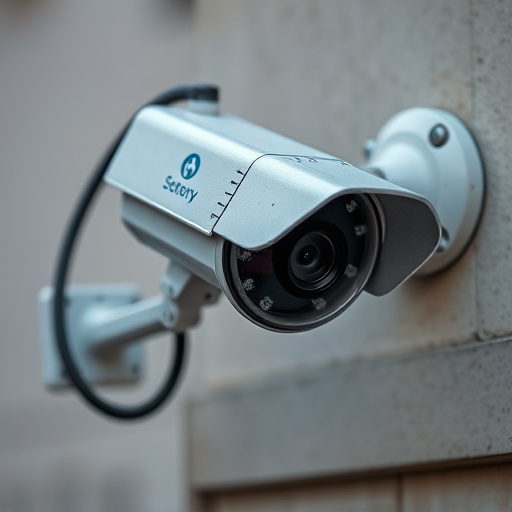Strategic dummy camera placement zones enhance home security by deterring intruders through realistic-looking fake cameras at key points like entrances, backyards, garages, and windows. Identify high-risk areas, use wide-angle lenses for comprehensive protection, regularly review footage, and test the system to eliminate blind spots. Combine with visible camera labels for added deterrent effect.
Enhance your home security with strategic dummy camera placement – a game-changer in deterring potential intruders. This guide unravels the basics of dummy cameras, helping you identify high-risk zones for optimal positioning. Learn advanced strategies to maximize their effectiveness, ensuring peace of mind and a robust defense. Uncover how strategic dummy camera placement can transform your home’s security landscape, providing both visual deterrence and crucial evidence.
- Understanding Dummy Camera Basics for Home Security
- Identifying High-Risk Zones for Optimal Dummy Camera Placement
- Advanced Strategies for Maximizing Dummy Camera Effectiveness
Understanding Dummy Camera Basics for Home Security
Dummy cameras, also known as fake or mock security cameras, are an effective and affordable way to enhance home security. They work by deterring potential intruders through the strategic placement of realistic-looking devices that mimic real surveillance equipment. Understanding how these dummy cameras function is key to harnessing their full potential in securing your home.
The basic concept revolves around positioning them in areas where their presence would be noticeable, often called strategic dummy camera placement zones. These can include front entrances, backyards, garages, and windows. By simulating a security system, these cameras create the illusion of constant surveillance, discouraging burglars and providing peace of mind for homeowners.
Identifying High-Risk Zones for Optimal Dummy Camera Placement
Identifying high-risk zones is key to strategic dummy camera placement for home security. These areas should be chosen based on potential entry points, valuable assets, and frequent activity levels. For example, front doors, windows, garages, and backyards often warrant close surveillance. By positioning dummy cameras in these strategic locations, homeowners can create a false sense of security, deterring would-be intruders and providing peace of mind.
Additionally, considering the coverage area and field of view is essential. Dummy cameras with wide-angle lenses or multi-directional views offer comprehensive protection, ensuring that every angle is monitored. This strategic placement allows for a seamless integration of the dummy cameras into your home’s security system, giving you a comprehensive understanding of your property’s vulnerabilities.
Advanced Strategies for Maximizing Dummy Camera Effectiveness
To maximize the effectiveness of dummy cameras, strategic placement is key. Focus on high-risk areas like entry points (front door, garage), windows, and outdoor lighting fixtures. These zones offer clear lines of sight and are common target areas for intruders. Additionally, consider placing cameras in plain view with visible labels to deter potential thieves who might attempt to disable or remove them.
Complementing physical security measures with smart placement ensures a comprehensive home protection system. You can also experiment with angles and coverage—place cameras at different heights to capture a broader field of view, and ensure each zone has enough overlap to avoid blind spots. Regularly reviewing footage and testing the system will further enhance its reliability as a deterrent and a valuable security tool.
In conclusion, strategic dummy camera placement zones are key to enhancing home security. By understanding basic concepts, identifying high-risk areas, and employing advanced strategies, you can maximize the effectiveness of these devices. Remember that, while dummy cameras provide a visual deterrent, they should complement actual security measures for comprehensive protection.
